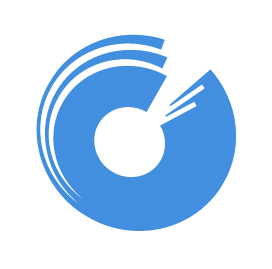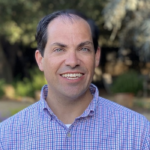How In-Depth Will a BSD Engagement Go?
Are you considering a Business Solution Design (BSD) but unsure how in-depth this engagement will go? Depending on various factors, you could walk away with a high-level data map or field-level documentation that you can translate directly into a configuration writeup.
At OpFocus, we help SaaS leaders with a range of user story documentation and design needs, customizing each BSD to the individual client we’re working with. Even though there are many shared challenges and similar objectives, every organization’s tech stack and Salesforce org is different.
This article will look at how deep a BSD engagement could go and examine the criteria OpFocus uses to structure a client BSD.

When Does the Need for a BSD Arise?
The need for a BSD often arises out of an Salesforce Roadmap engagement. Typically there will be some sense of the initiative at hand, but not enough information to fully scope a project.
A BSD is essentially a short-term engagement to help clarify what the larger project will entail. It bridges large-scale strategic planning and detailed build or implementation work. BSDs can help define project scope and requirements in many situations, including working with outdated configuration, integrating systems after amerger or acquisition, or incorporating new solutions like Salesforce CPQ.
BSDs Vary in Depth and Detail
While all BSDs focus on technology more than strategy, some are more in-depth in terms of technical detail than others.
On one end of the spectrum, BSDs can stay high level. They are more focused on validating a direction for the engagement and a proposed solution. In other words, a BSD seeks to answer questions like: Are we approaching the current challenge in the best way? Have we identified a solution that will work best for us?
Through interviews and research, you’ll share your business requirements. Your consultant will then translate those requirements into user stories that describe future-state functionality. They can incorporate standard best practices and offer recommendations based on their experience with similar situations.
This type of engagement incorporates basic design, not a great deal of detail. For example, your BSD might map out a core data model but won’t provide pages of data model architecture or articulate every single field to be included.
High-level BSDs allow companies to move quickly through the research phase to validate an approach. Rather than spending weeks in discovery sessions, the entire engagement takes approximately one month from start to finish.
Coming out of the engagement, you can expect an approximate budget for a follow-up build or implementation project. This estimate often allows SaaS leaders to gain the necessary approvals to move forward with implementation.
On the other end of the spectrum, a BSD can be extremely detailed and “in the weeds.” The high-level approach is the foundational work for a deeper dive into comprehensive design. As you go more in-depth, a BSD might include every single anticipated requirement at the field level.
This level of BSD brings extreme clarity to the scope of a follow-up engagement. The resulting deliverable usually includes a fixed-fee quote for implementation rather than an estimate based on time and materials. It provides the most detailed and accurate budget for the build phase of your project.
But keep in mind that the more in-depth your BSD is, the more time and budget it requires. A more detailed BSD could take up to 6 weeks or more to complete and usually costs more, but it allows you to move directly into implementation with a clear budget and timeline.
What Type of BSD Is Right for You?

At OpFocus, our consultants collaborate closely with clients to shape a BSD that best meets their needs. We assess several different factors to determine the depth of a BSD engagement, including:
- Level of uncertainty. If your budget is largely unknown and a project scope has not yet been defined, a higher level BSD engagement may be appropriate.
- Client timelines. If you wants to move quickly to get a ballpark estimate for an implementation, you may prefer a less detailed BSD. On the other hand, if you have a more flexible timeline and would rather gather as much information as possible in advance, an in-depth BSD may make more sense.
- Client readiness. If you are confident that you want to move forward with a build project and that OpFocus is the right partner, then a deep-dive BSD may be the next best step. But if you’re still assessing your options, you may choose to invest fewer resources in the BSD and stick with a higher-level engagement instead.
- Project specifics. Some projects will inherently require more detail than others. Your consultant is there to guide you on how deep your BSD engagement should go to ensure you get maximum value from it.
Moving Forward with the Right Type of BSD

If you want to move quickly, are comfortable with an estimated budget, and don’t need extreme detail to move forward, your BSD may end up being higher level. If you need a fixed-fee estimate, prefer many details, and know you’ll be progressing into a larger implementation with OpFocus, it may be beneficial to take a deeper dive in your BSD.
BSDs are thorough by necessity, and OpFocus is committed to creating the engagement that will help you be as successful as possible. Check out our article, Why a BSD? The OpFocus Approach, to learn more about our model and the benefits of engaging in a BSD before a build project.
If you’d like to discuss a BSD for your organization, reach out to us for a free consultation, and we’ll be happy to answer any questions you may have.



